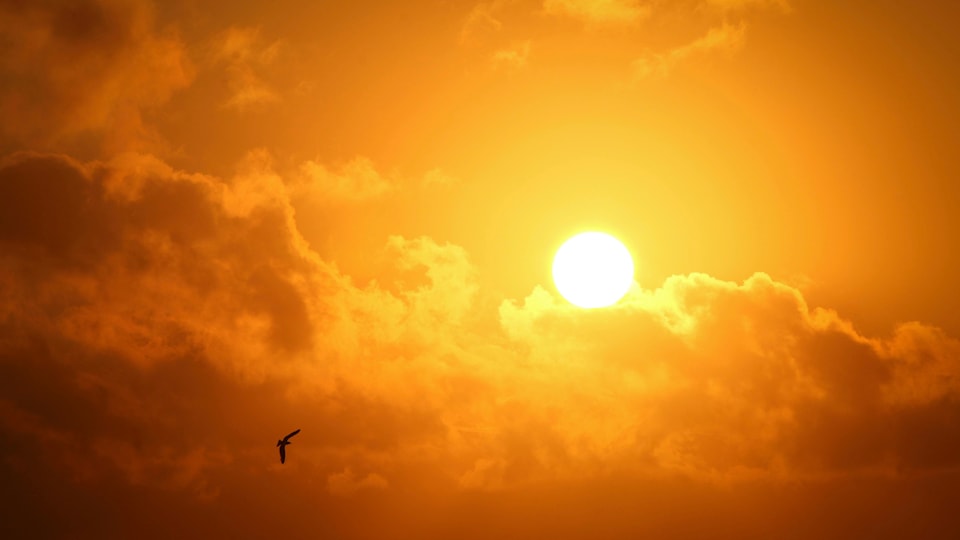A new summer forecast from The Weather Network says that Canadians should expect a hot summer.
The forecast, published early May 29, found that the country from the Prairies to Atlantic Canada can expect warmer than normal temperatures from June to August.
Although June will still have spells of cooler temperatures, the heat is expected to reach its highest point during July and August.
Doug Gillham, senior meteorologist and writer of the forecast, found that understanding historical trends can help in the process of accuracy for a seasonal forecast.
“One of the keys to doing our forecast is looking at the global pattern,” Gillham said. “We look back at the years in the past that had global warming, and you can see a similar pattern.”
Gillham found that the upcoming summer temperatures are caused by El Niño and La Niña patterns.
“This past winter, we had what was called an El Niño pattern and it was the primary driver of winter weather,” Gillham said. “Going through a quick transition to La Niña, it can become the kind of dominant driver in weather patterns.”
El Niño, meaning “Little Boy” in Spanish, is a climate pattern in which warmer Pacific jet streams move south and spread further east, according to the National Ocean Service.
For Canada, this kind of pattern was prevalent in the winter of 2023 as there was a stream of mild Pacific air across most of Canada rather than cold Arctic air.
La Niña, meaning “Little Girl” in Spanish, is a climate pattern with the opposite effect of El Niño and can also lead to a more severe hurricane season.
“I like to use a sports analogy, in which El Niño or La Niña is like a quarterback,” Gillham said. “The performance of that position is critical, even though the rest of the team is involved, the quarterback can’t win the game by itself.”
Gillham says historical data from years when a strong El Niño winter transitioned to La Niña in the summer typically indicates a very warm to hot summer across much of Central and Eastern North America.
“Our map shows that the hottest temperatures are usually concentrated southwest of here, particularly in the U.S. Midwest,” he said. “Historically these conditions have resulted in either very warm or sometimes exceptionally hot summers.”
Although warmer-than-usual temperatures are expected, Canadians should still expect to see some precipitation at some point, depending on location.
“Summer precipitation has a tendency to be localized, especially considering it is so dependent on pop-up thunderstorms,” Gillham said.
Although Atlantic hurricane season runs from June to November, Gillham believes the impact on Ontario’s weather will likely be unnoticeable.
“The impact most likely is minimal, especially when the peak of hurricane season is September,” he said. “On occasion, the remnants of a slow-moving tropical storm can make its way to southern Ontario but I think we shouldn’t be alarmed.”
As for safety, Gillham suggests following common sense when a heat wave hits Toronto.
“Keep an eye on the forecast, plan outdoor activities to be early in the day or later and limit physical activity during the hottest hours of the day,” he said.



